“Welcome to Sakartvelo”, the most popular and well-known statement by which foreigners are greeted. When the destination is the capital city, what a newcomer most probably hears sounds literally this way, “Tbilisi Loves You.” Yes, in Georgia a person understands that eyes have the power to do the work of ears – to hear what is written on the city’s free WiFi access. Strange, right? Only in the beginning. Why? Because whenever you step your feet on the Georgian land, you accept the fact that everything speaks with you and to you! The first Georgian voice that welcomes you, the first “Gamarjoba,” becomes the leitmotif that runs through one’s whole stay.
Astonishingly, places and things are so full of souls. The locals refuse to be “average.” This attitude is represented with tremendous aesthetics and extravagance in the Georgian “Supra” tradition (the center of Georgian social life), which indisputably accommodates wine and Georgian folk, polyphonic singing, as its indivisible identities. “Music connects people”, so does the good food! Mr. Alex Atala, acclaimed as Brazil’s biggest chef, considers food (not the internet, neither Facebook) as the most powerful media that connects all human beings. A reason for gathering is not a necessity for the Supra, though the purpose – yes, and it lies in building tight bridges among people.
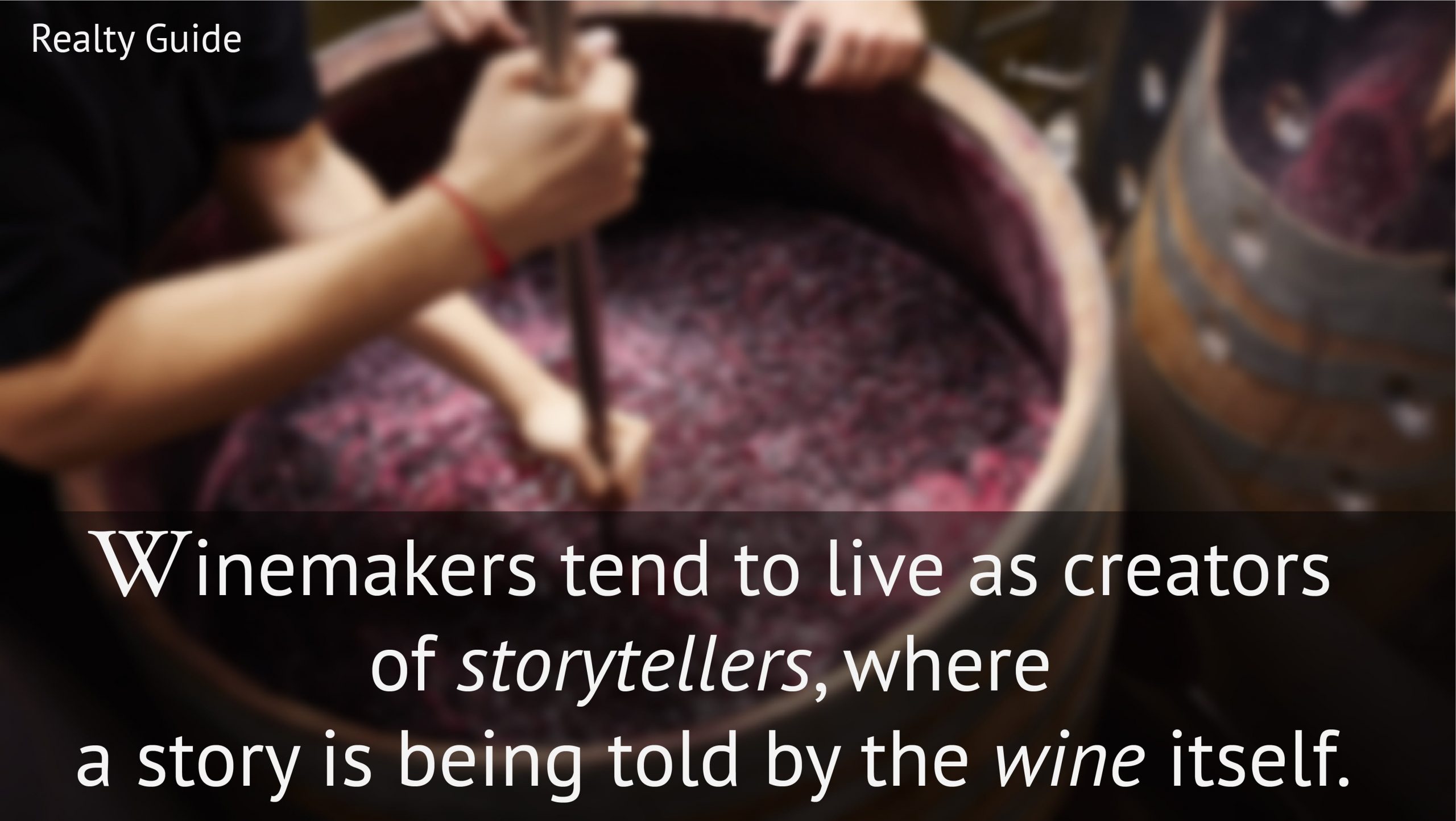
Overview of Georgian Viticulture
The Georgian wines, not all uniform and alike, are an experience of their own kind! Winemakers cannot hide behind the factories. They tend to live as creators of storytellers, where a story is being told by the product itself. Here, this specific industry has many notes, colors, and flavors – it’s how one combines grape types that set wines (and companies) apart. The land is home to more than 500 varieties of vines that enables oenologists to constantly set new ideas, give a way to their visions, create something valuable and intersect the time. As a matter of fact, ought to be said that the whole Georgia is involved in the process of producing wines, between them, there are monasteries, factories, farmers and etc. The local market offers a wide range of options, there are sweet, semi-sweet, dry, semi-dry, sparkling, and fortified wines. These options do allow one to have an appropriate and unforgettable dining experience as for each dish there is a complimentary beverage! Whether wine is sweet or dry depends on the amount of residual sugar it has. White wines are usually made in a dry style. When wines are served cool, they always warm up in the glass, while the one that is served warm, will only get warmer.
The phenomenon, at least partly, triggered the establishment of particular etiquettes such as how to hold a wine glass. A glass has to be held at the stem for a couple of reasons – no handprints (especially greasy) on the bowl and wine stays cooler longer (the temperature of hands have the power to change the liquid’s). “Kantsi,” let’s call it traditional Georgian glass, which is made of a horn of an animal. It has absolutely been a thing of the past, though nowadays when a Tamada (head of the feast, who offers obligatory, creative and appropriate toasts) wants to give a special meaning, value and traditional vibe to the toast, he decides for all the participants to drink from their Kantsi. Sometimes, it may be used as a way to penalize someone who is late to the gathering. Kantsi comes more or less in different shapes and definitely in various sizes.
Wine’s Role in the History & Cultural Fabric of Georgia
The primary difference between Georgian and other European wines has to be found in the process of making – methods and technologies. So far, Georgian companies have successfully managed to use both, traditional and European, methods. Though, due to patriotic sentiments, the level of pride, from the side of Georgians, reaches its peak, when the visiting guests are personally introduced to the Qvevri (egg-shaped clay vessel) tradition, ancient winemaking method, and the dignity of the land. The Qvevri tradition caught the eye of UNESCO and the latter listed it as part of the Intangible Cultural Heritage of Humanity in 2013. For Georgia, this phenomenon has added an extra impetus to increase awareness about the wine culture of the state internationally. The egg-shaped clay vessel’s major roles are wine fermentation and storage. Traditionally, wines in Sakartvelo are named after the location in which they are produced, though sometimes they may bear the name of the grape from which they were received as final products.
The principal rules at the traditional Georgian family’s table, where hosts and guests meet, is a warm reception, speaking the words of love, and appreciating the moment of being together. “God tests how much you love him by sending you guests.” We, locals, in the most beautiful and faithful way, believe that each and everyone of them are precious for a very simple reason – either they are sent by or are like God. One man jokingly tells his story that he never uses water to clean the floor and that the floor is cleaned by his tears running down the piano and spreading throughout the room while singing. Now, one can imagine the frequency of the agenda… Yes, singing and dancing with soul, mind, heart, and tears are what unites all Georgians.
Taste is a special memory, so is the smell. Once they are engraved in our brains, they are capable of triggering certain emotions such as being nostalgic and feelings of belonging, or sharing… Sir Ferran Adrià Acosta, world’s famous Spanish chef, once gracefully addressed a significant topic – “cuisine”.
He expressed his concern by saying that there is not a good or a bad cuisine, just the one you like the best. V-o-i-l-a! Taste tends to “corrupt,” it has the power to turn someone into an “affiliated voter,” it may make people biased. As long as the public do not try to press their ideas upon one another and do not start generalizations, this process is absolutely normal and understandable that we choose something over another thing for a particular, explicit or implicit, reason. The grapes and fermentation processes bring about flavours and aromas in wines.
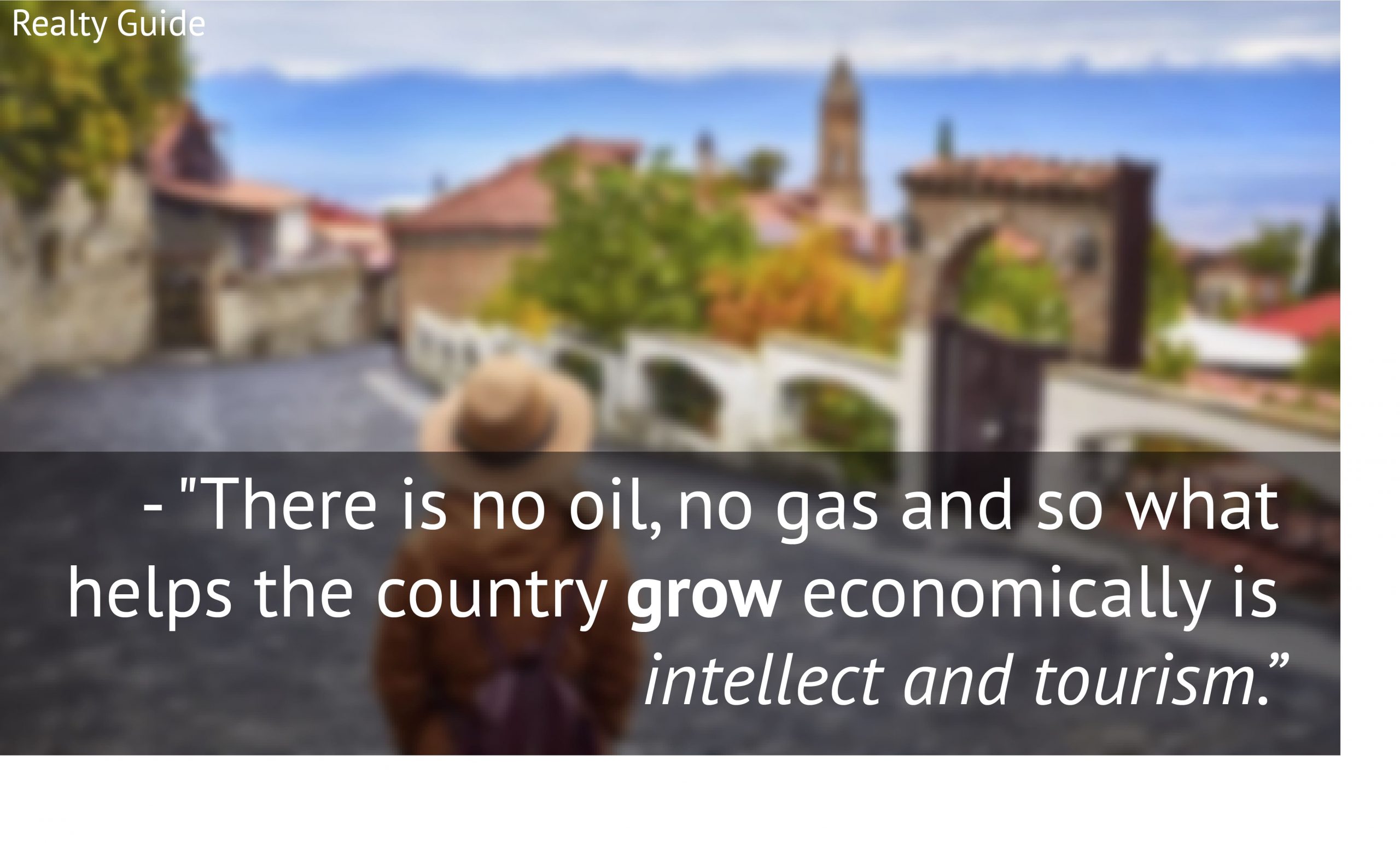
The former mayor of Batumi (Georgia’s Black Sea resort city), Mr. Robert Chkhaidze, reasonably stated years ago that Georgia is not a country that has a lot of natural resources. There is no oil, no gas and so what helps the country grow economically is intellect and tourism. Our customs, traditions, and beliefs have become standalone, natural and intrinsic advertisements for the culture we so proudly represent nowadays. The wording “Cradle of Wine” is not a mere marketing tactic, but an appreciation and recognition of Georgia’s 8,000-year (80 century) national heritage, to produce some of the world’s most unique and distinctive fine wines that showcase the characteristics of the state and her people!
The Lands that Produce: A Look at Georgia’s Wine Regions
The beautiful land of Georgia indulges in enjoyable recollection of events. The tiny state, tucked away in the Caucasus region, is well aware that her greatness is within her grasp. Georgian climate and territorial conditions (fertile soils) are perfect for viticulture and winemaking – sunny summers (almost never gets scorching hot), mild and frost-free winters (practically never gets freezing cold), to say succinctly – extreme weathers are quite unusual. What concerns territorial conditions, the state is divided into two macroeconomic areas – East and West. According to GWA, in Sakartvelo there are several wine-producing regions (zones) with specific micro-zones scattered across the national territory. Let’s mention several of leading ones:
Kakheti
The easternmost region of Kakheti changes how we feel about life. The excitement derived from local food, wine, songs, and nature are incomparable, they throw an inexpressible charm over the Georgian narrative.
The same bottle of wine in Kakheti and abroad tastes different. This is not only about wine and Georgia. The environment, the weather, the architecture (ancient churches, impressive monasteries, balconied houses), the food, people and just the sense of place have their effects on and connections to how we experience the beverage, this fusion undeniably changes the aroma of the wine we consume.
The Kakhetian tradition of hospitality is on another level. The first pleasure, evoked by the region, still on the way, is the feeling of acceptance and reception one gets – nature herself welcomes you. Tours to Kakheti cities bring memorable experiences. “Winery Khareba” has been in the vanguard in the business of the wine industry – created touristic complex (“Kvareli Gvirabi”) encompasses Georgia’s largest wine cellar, the tunnel of 7.7 Kilometers in length carved into the rock (in the past, intended as bomb shelters). A constant temperature of 12-14 degrees C generates perfect natural conditions for the storage and aging of wines. The topic of aging needs clarifications. In general, not all wines get better with age and those that are made for this purpose, must be stored accordingly (away from light, heat, vibration, temperature fluctuation and etc.). Also, wines may be listed as “drink now” and the idea behind is that tasters do not believe that they will improve with any additional bottle age. Kvareli Gvirabi unequivocally is the place to go if one is eager to know more about the beverage.
Kakheti, the most promoted region in the industry, has two micro-zones – Kvareli and Telavi. The grape of Saperavi, the oldest breed in Georgia with strong personality, is one of the image brands of the region. A red dry wine of Mukuzani, characterized by pomegranate color, is made of Saperavi grape, which while harvesting stains hands red. Kakhetian wine containing tannin is renowned for its medicinal properties. The local wines usually need from 3 to 6 months to mature on pomace and the so called “Dedo” is known to enrich them.
As an author of this article, I could not have gone beyond the family-owned winery, “Chelti.” In Kakheti, it is common to produce wine according to the classical and traditional methods, though advanced technology owned by the company, creates the possibility to control the wine quality at any stage of its making. The outstanding scenic beauty of the location (village of Shilda), an endless vineyard and premium quality wines showcase how much life is worth living for!
Imereti
Imereti has been the cultural, political, educational and administrative center of Georgia for centuries. Kutaisi as a throne city was the capital. Looking from today’s perspective, one can convincingly state that Imereti, as a whole entity, should have absolutely justified its past status. The Katskhi Pillar (aka Stairway to Heaven), Okatse Canyon, and Prometheus Cave are some of the blessings this region was bestowed on. It is an interesting fact that Qvevri has a different name in Imereti – “Churi,” and is kept in the yard’s ground. Imeretians tend to add a very small amount of pressed grape skins to the liquid in Qvevri compared to Kakhetians.
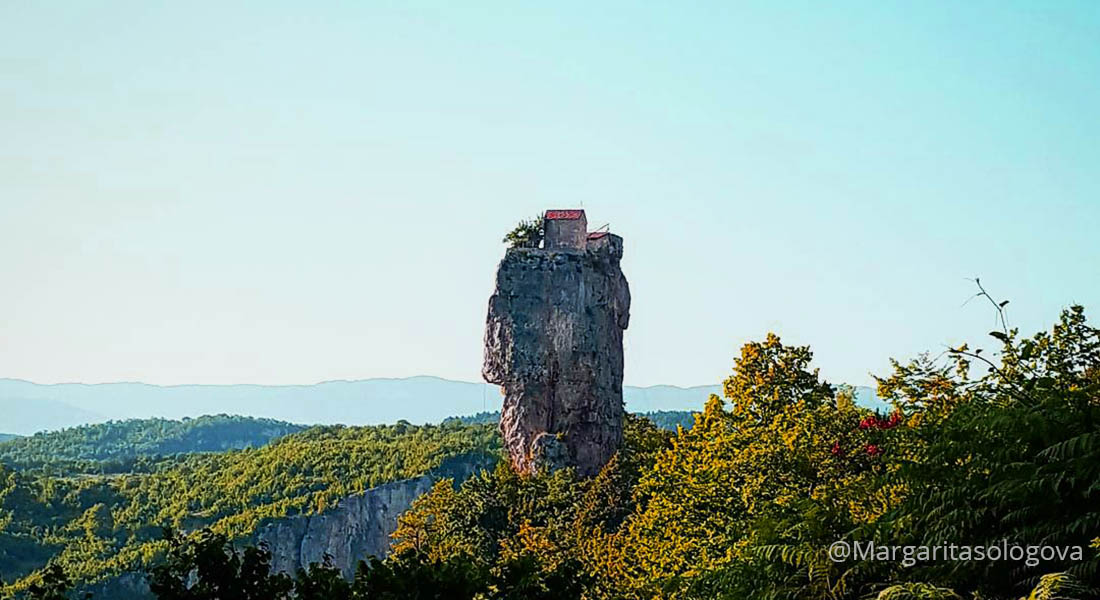
As a wine-making region, it is one of the most diverse throughout the national territory. According to Georgian National Wine Agency, climatic conditions and soil composition are very different and this is what triggers the creation of various wines compared to other regions.
The varieties spread in Imereti: Tsolikauri, Vani Chkhaveri, Tsitska, Krakhuna, Kvishkhuri, Kundza, Dondghlabi, Bazaleturi, Tklapa, Adanasuri, Otskhanuri Sapere, Argvetuli Sapere, Bzvanura, Dzelshavi, Aladasturi, Rko and etc.
Let’s put in here one of the grape types of Imereti
Racha-Lechkhumi & Kvemo Svaneti
The enchanting region in northwestern Georgia, which includes the historical provinces of Racha, Lechkhumi and Kvemo Svaneti.
The region is famous for one of the most precious of Georgian wines – Usakhelouri, whose literal translation into English is “without name” (“nameless”). Zubi, Okureshi and Isunderi, the micro-zones of Lechkhumi district, are actually responsible for this magic.
The Georgian National Wine Agency informs that the most notable wines in this region are Usakhelouri and the place of origin-named wines are Khvanchkara (the lower Racha micro-zone) and Tvishi (Lechkhumi micro-zone).
The wine industry in Georgia is mainly represented by family businesses and one of a kind is “Khomlis Marani,” a respected company, which produces exceptional quality wine, processed with natural biological fertilizers and biological products, called “Usakhelouri of Khomli,” whose price per bottle reaches 900 GEL. The rational factor influencing the price may be the grape type’s limited area of distribution, scarcity of vineyards, though not only, because Usakhelouri produced by other intra-state companies (small or big) costs from 150 to 250 GEL.
Abkhazia
Georgia has different shapes of authenticity, wherever you go, whichever place you visit, it is individual and real. Though, Abkhazia stays and has been staying the most favorite spot for everyone. On a sentimental note, today we call it “longing”, longing for our people, our territory and our nature with its palm-fringed beaches.

Abkhazia is a sub-tropical Black Sea coastline, a province of Georgia, which declared itself as a breakaway region in the 1990s. We have no doubt where our future lies – it is in the unity in a free country named Sakartvelo. It is impossible to forget if one is waiting for come back. All the lost days are going to be reimbursed. There are roots that have linked us forever and the reasons, which are going to become even more translucent and clearer, to stay for the citizens of Abkhazia.
LEPL National Wine Agency reports that Abkhazia is the historical region of winemaking, that vines here grow best of all up to the height of 400 to 800 meters, though due to some circumstances such as powdery mildew and gray mold, this place has been damaged.
Despite the challenges, Abkhazia still makes some great wine. Here are some of Abkhazia’s local sorts – Agshibi, Amlakhu, Lakoaj, Kaghighi, Akabuli, Khapshira, Avasikhva, Khunaliji, Absuaj and others. Other sorts, not typical, but give great results on this land – Krakhuna, Tsolikouri, Chkhaveri, and Ojaleshi.
Guria
Guria – the homeland of people with inexhaustible emotions and one of the oldest centers of winemaking in Georgia.
The tunes of this region are unique to it. The untouched natural beauty makes one feel more connected to the place. In Guria, throughout the centuries, the particular agricultural fields have been developed – viticulture-winemaking, beekeeping, citrus cultivation, tea plantations, and sericulture (silk farming). In the 20th century, the Soviet times and the regime’s vision had its consequences on the production of wine in all of Georgia, though nowadays this field has been re-awakening. Prior to Georgia’s independence and the dissolution of the Soviet Union in 1991, the wineries were Soviet state-run operations. The focus was on high-volume, semi-sweet red and white wines for the Russian market, where quite often quantity prevailed over quality. Every Russian embargo imposed on Georgian wines after the 1991 has become an important tool to diversify and seek out new markets, improve quality, re-style and rediscover a fresh vision.
Some of Guria’s most delightful grape varieties are Chkhaveri, Sakmiela, Jani, Mtevandidi, Skhilatubani, and Tsolikouri. Oenologists usually outline the fact that Chkhaveri virtually is the only Georgian grape variety from which naturally pink wine can be made.
Samegrelo-Zemo Svaneti
This place is a tourism hot spot! Guaranteed gastronomic expedition – chance to be introduced to special tastes (especially spicy ones) by the passionate local people that we usually meet there. Megrelian cuisine has several unique trademarks such as Elarji, Kupati, Megrelian Ajika, Gebzhalia and etc. The breathtaking Svaneti, located more than 2000 metres above sea level, has its own dignities – Tash-M-Jab, Kubdaar, Chvishtari and its legendary seasons, for instance – Svanuri Marili (Svanuri Salt).
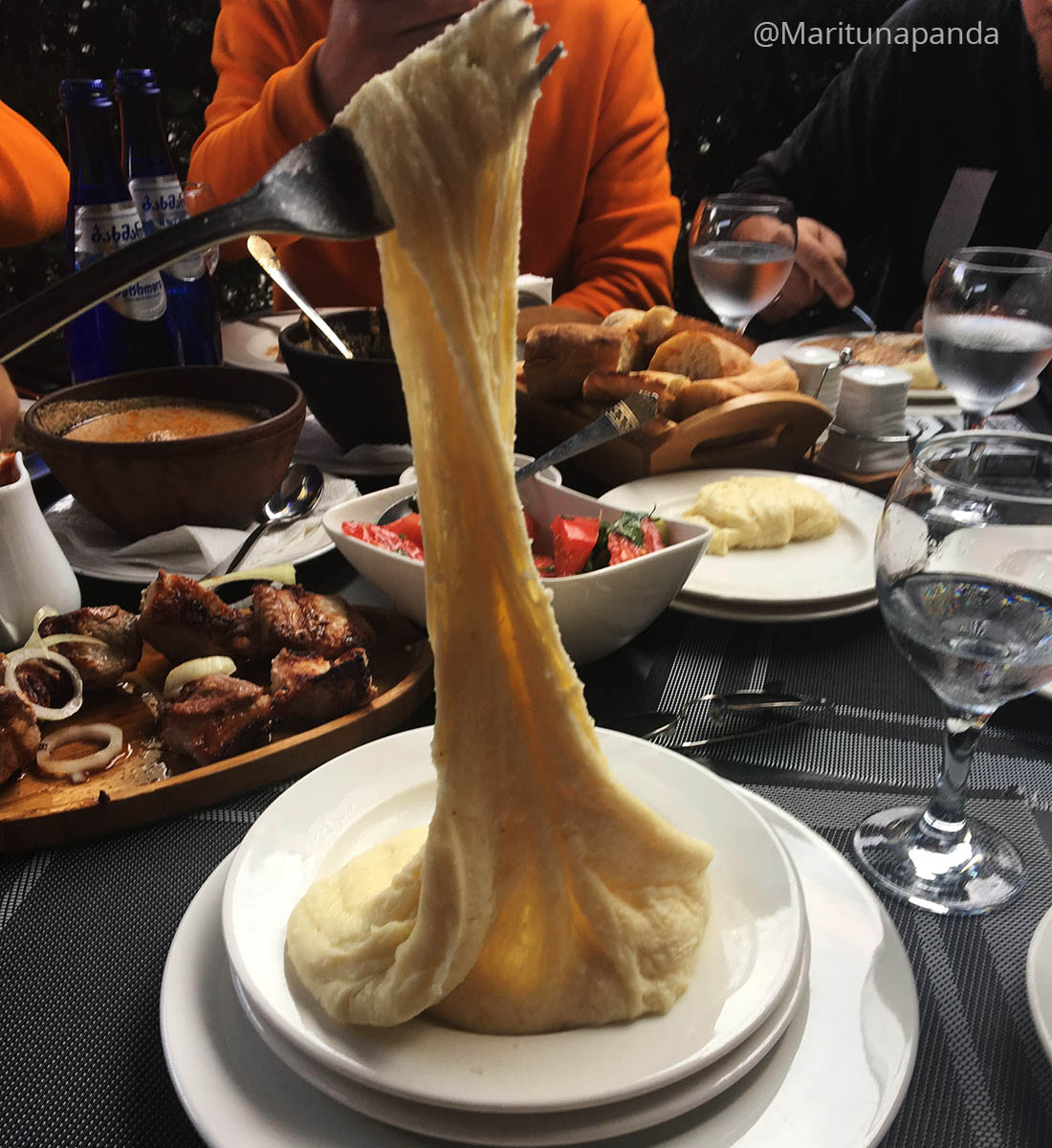
These places can offer remarkable and unheard-of journeys full of surprises – different canyons and national parks, fortifications, cathedrals, Enguri Dam (the world’s second highest concrete arch dam with a height of 271.5 metres), botanical gardens, palaces, museums, hiking to Chaladi Glacier and lakes, ski resort Hatsvali and etc.
Samegrelo, along with Guria, is considered to be one of the oldest centers of winemaking in the state. From its local historical varieties the most known are Ojaleshi, Godaaturi, Chvitiluri, Chechipeshi.
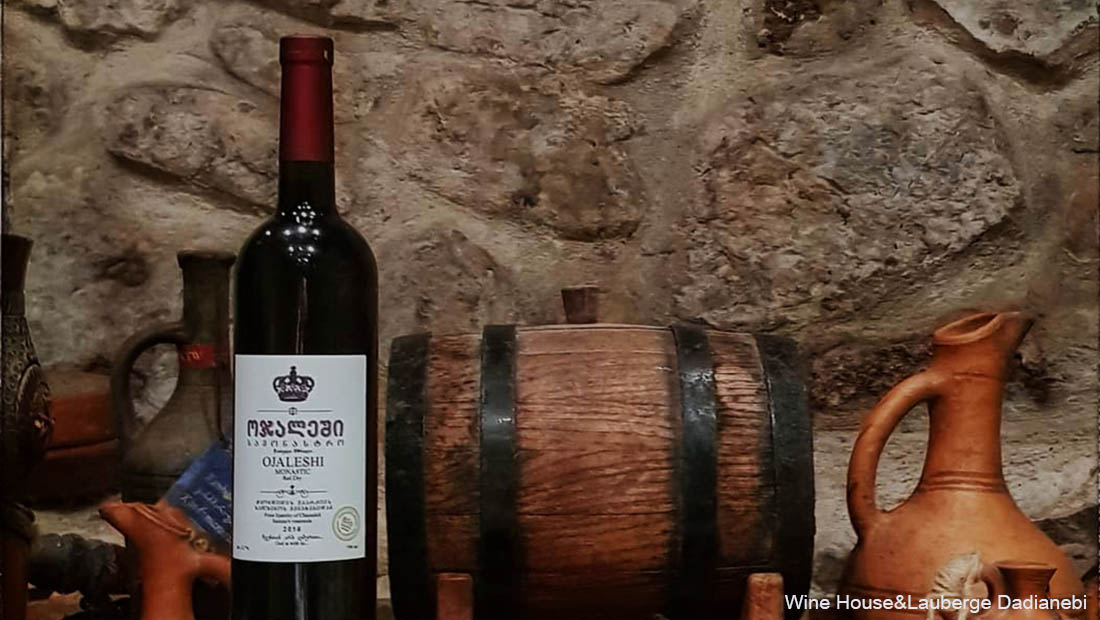
The town of Martvili, Samegrelo, is taken in hand by a family winery called “Oda,” where the farming is lead by a woman viticulturist, philologist and literary researcher – Ketevan (Keto) Ninidze, who bravely addresses and solves significant social issues through the business. Several times, Keto’s activism has become a wake-up call for the citizens to question particular agendas. Oda, as a Georgian name, stands for the old traditional house, like the one, where the family lives in Martvili. Keto is not the sole player, deserved credits have to be given to her husband – Zaza Gagua, who from the background does a huge job in terms of leading wine tourism and more.
Conclusion – Overview and Recommendation
The standard of the “finest” wine, on a local level, periodically changes. This factor is motivated by the competitive environment, where wine companies are “battling”. There is a constant quest for the creation of new and generating “your own standard” that will dictate wine trends for other companies. The competitive environment and shifts in standards, both should be a huge drive for facilities to keep up the pace of moving forward, to teach and learn. More or less, the main aim for every big and little local company is to help Georgian products become international in scope and earn their place in the sun.
The finest wine, in addition to its special tasting properties, must have a high utility rate (healthwise). The finest wine is not just the taste we feel, perceive and like, but, of course, every detail leading to its bottling, including vineyards, vines, protected work environment, high quality technology, and the harmonious mix of many other factors. The unity of all these aspects should fully reflect aroma, bouquet and just individual characters of the Georgian grapes.
Facts, strengthened by facts! People tend to have different thresholds for taste, whether it is about sweetness, dryness or just a product in general. The Wine Spectator, distinguished lifestyle magazine that focuses on wine and wine culture, and gives out ratings to certain types of wine, formulated it very smoothly to treat drink recommendations as, “uh, recommendations,” because one person’s “accurate” drink window is another person’s “over the hill” and a third person’s “infanticide.” Let your preferences guide you!
The sustainable winery architecture has to become the agenda of the day as the world tackles climate change. What is the way to choose? Let’s be more convenient and start using the resources we have to better the environment we live in – build wineries with reclaimed materials; reduce energy consumption, raw material use, greenhouse gas emissions and water consumption (or collect water to filter and reuse); actively take care of the waste management (may have good business potential and trigger the establishment of a new company); use skylight as the natural light, use the strategy of earth sheltering (build wineries or cellars partially or completely underground, where it’s naturally cooler); use solar power; natural ventilation and etc.
Common sense and calculation are two basic, synonymous, things on which the wine industries have to base their works if the ultimate goal is running sustainable business. Everything has to start with a right idea that will dictate choosing the appropriate soil, seeds, wind exposures, orientation of the sun and other important geographical (not only) considerations. These aspects are not mere details, but they shed light on a bigger picture, they do help to make predictions and estimations, which tell something about risks and readiness. On that note, I would like to finish this article with a quick reminder by Harvey Firestone that “Success is the sum of details”.
You might also be interested in: The best locations for a practical shopping in Tbilisi





